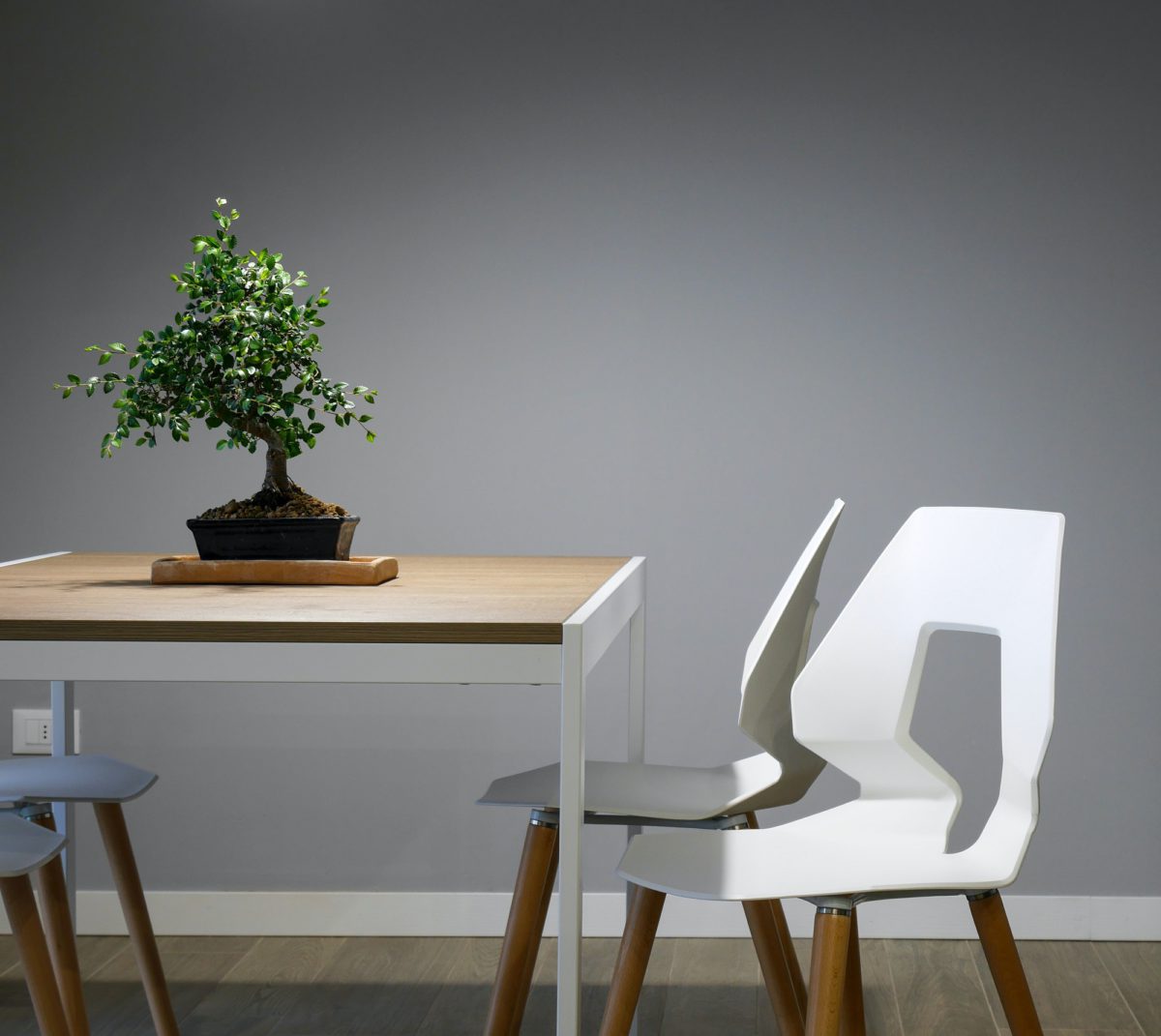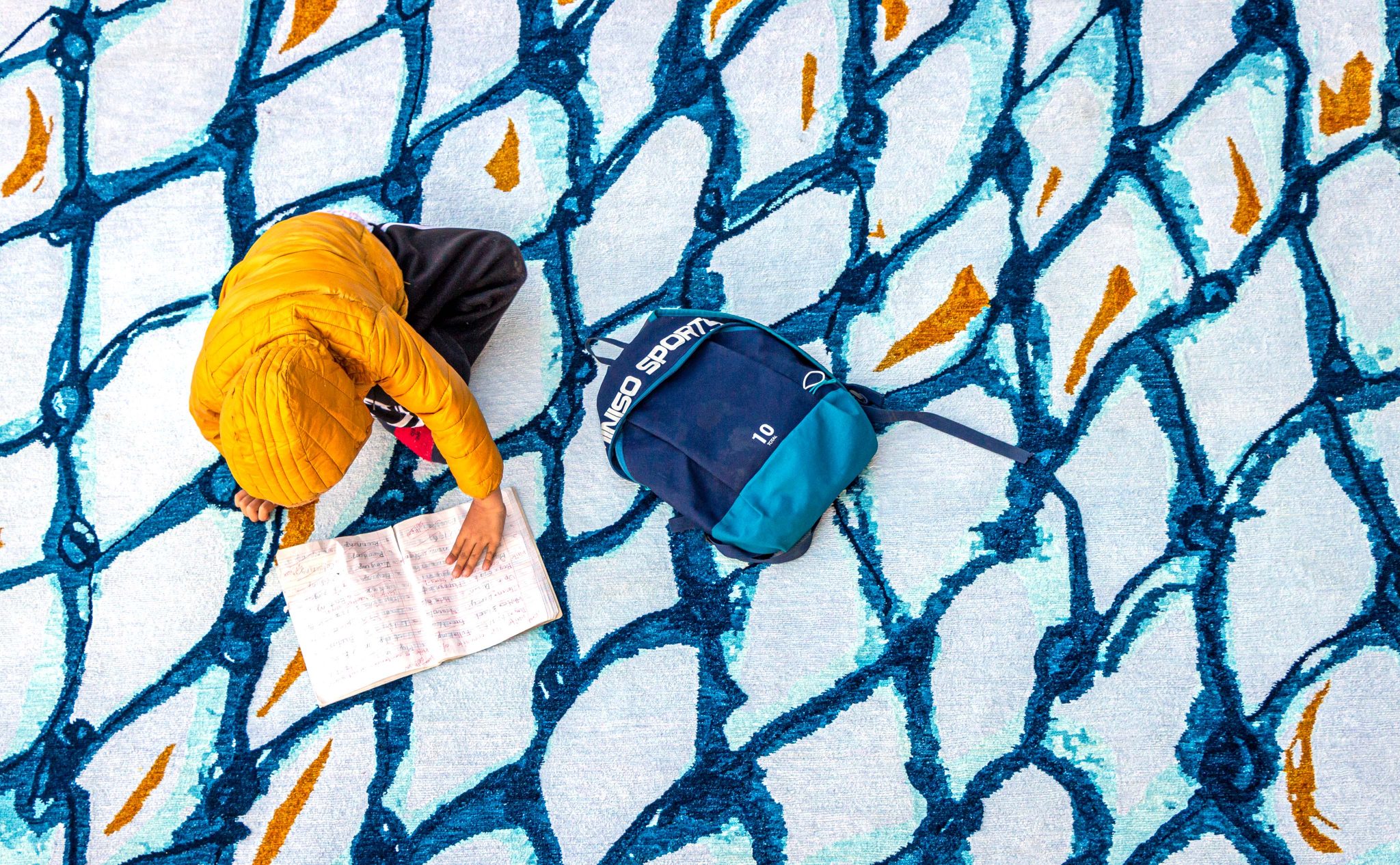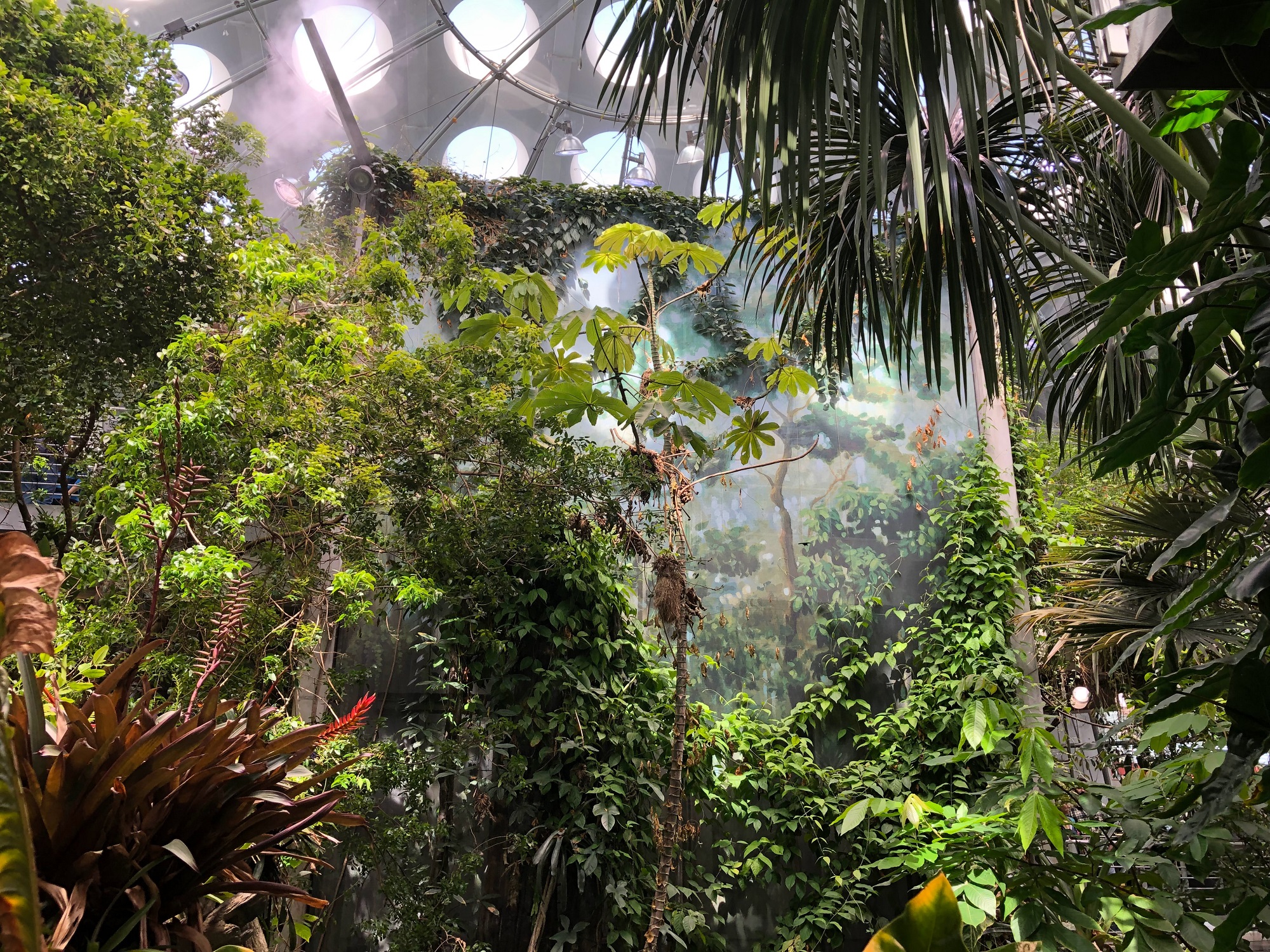3 Eco-Minded Designers and How They Champion Greener Living

When imagining solutions to reduce our ecological impact, technology innovation and process improvements allow us to extract, produce and reuse materials with growing efficiency. However, every step towards sustainability begins at the design phase. As artist and conservationist Robert L. Peters once said, “Design creates culture. Culture shapes values. Values determine the future.” Here are three design heroes who are harnessing the power of eco-design and sharing their hopes for a brighter future.
Isobel Morris
The British interior designer has always been interested in interiors and she loves hand-knotted rugs. Morris is open to experimenting with new materials and has worked on various projects that blend tradition and craftsmanship with innovation. In collaboration with Michael Christie The Ruggist and carpet manufacturer Sarawagi, Morris used 100% regenerated ECONYL® nylon to pioneer the first hand-knotted rug made from abandoned fishing nets and discarded carpets. “I have a passion for eco-friendly solutions for wildlife and the environment,” she explains. To browse her latest nature-inspired collection, click here.

An unidentified child of staff who stopped by the offices of Sarawagi Rugs en route home from school enjoys the soft comfort of ‘Nylon Engulfed,’ the prototype handknotted carpet made of ECONYL®. | Photograph by Prabal Ratna Tuladhar.
Renzo Piano
As one of the most influential green architects today, Italian designer Renzo Piano has garnered industry-wide accolades, such as the Pritzker Prize and AIA Gold Medal. His earth-inspired achievements can be seen in department stores, factories, stadiums, university buildings, wineries and even a bridge! One of Piano’s most recognized conceptions is the California Academy of Sciences research and museum facility in San Francisco. The building features an iconic “living” roof that absorbs over seven million liters of rainwater every year. With no air conditioning, the structure relies on weather sensors that communicate with motorized windows to open and close at the appointed times, replicating human lungs. Piano continues to push the boundaries between nature and man-made constructions towards a carbon-free future.

Norman Foster
Establishing his design firm in 1967, the renowned architect has been transforming traditional spaces for decades, earning nearly 500 awards for excellence. Currently, Foster is on a mission to design the world’s first carbon neutral and zero waste desert community in Abu Dhabi. The metropolis of Masdar will be a self-sufficient city powered by renewable energy plants, while sourcing local materials with Arab-inspired designs to control temperatures and minimize environmental impact. Learn more about this ground-breaking urban development and philosophy here.
For more ideas and inspiration on green living, browse our latest article on how sustainability starts from home here.
Author: Naomy Gmyrek
Latest from the Blog